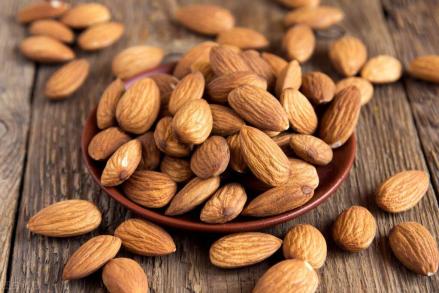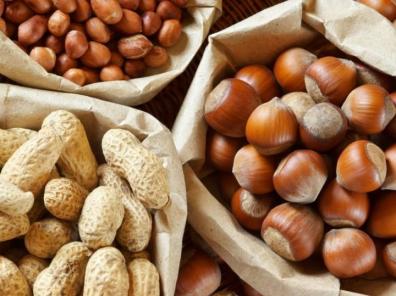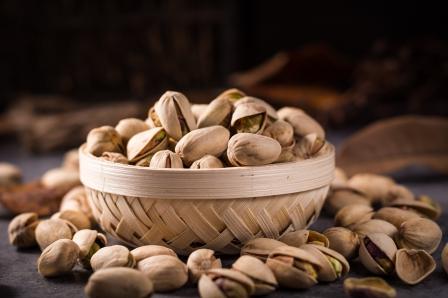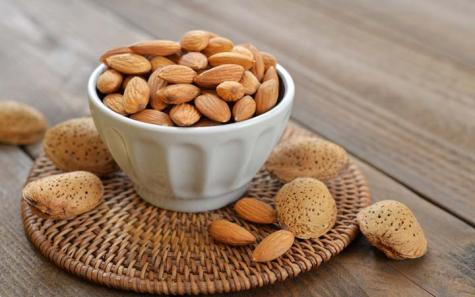Peanuts, an all-time favorite snack enjoyed by countless people worldwide, are not just crunchy morsels bursting with flavor – they also pack a powerful nutritional punch. A member of the legume family, peanuts are an incredibly versatile ingredient that can be incorporated into a myriad of savory and sweet dishes. From peanut butter to satay sauce, peanuts play a starring role in various cuisines from around the globe. In this comprehensive guide, we delve deep into the world of peanuts, exploring their health benefits, culinary uses, and much more. **The Origin and Cultivation of Peanuts** The humble peanut, scientifically known as Arachis hypogaea, is believed to have originated in South America, specifically in the regions that are now part of Bolivia and Peru. Peanuts are thought to have been domesticated by indigenous peoples over 7000 years ago, making them one of the oldest crops cultivated by humans. Spanish explorers are credited with introducing peanuts to other regions of the world, including Africa and Asia, where they quickly became popular due to their versatility and nutritional value.
.
Today, peanuts are grown in various countries across the globe, with China, India, and the United States being the top three producers. Peanuts are predominantly grown in warm climates with well-drained soil, as they require ample sunlight and water to thrive. The cultivation of peanuts involves planting the seeds directly into the soil, where they develop into plants with distinctive yellow flowers that eventually mature into peanut pods. **Nutritional Value of Peanuts** Peanuts are often touted as a nutritional powerhouse, packed with essential nutrients that offer a range of health benefits. A 1-ounce (28-gram) serving of peanuts provides the following nutrients: – Calories: 161 – Protein: 7 grams – Carbohydrates: 4 grams – Fiber: 3 grams – Fat: 14 grams (of which 72% is monounsaturated and polyunsaturated fats) – Vitamin E: 21% of the Recommended Daily Intake (RDI) – Folate: 10% of the RDI – Manganese: 29% of the RDI – Copper: 14% of the RDI In addition to these nutrients, peanuts are also rich in antioxidants, such as resveratrol and other phenolic compounds, which have been linked to various health benefits, including reduced inflammation and improved heart health. The combination of protein, healthy fats, and fiber in peanuts makes them a satiating snack that can help curb cravings and promote weight management.
..
**Health Benefits of Peanuts** 1. **Heart Health**: Peanuts are a good source of monounsaturated and polyunsaturated fats, particularly oleic acid and linoleic acid, which have been shown to help lower LDL cholesterol levels and reduce the risk of heart disease. The presence of antioxidants in peanuts also contributes to their heart-protective benefits. 2. **Weight Management**: Despite their relatively high calorie content, research suggests that including peanuts in moderation as part of a balanced diet can actually aid in weight loss and weight management. The combination of protein, fiber, and healthy fats in peanuts helps promote feelings of fullness and satiety, reducing the likelihood of overeating. 3. **Blood Sugar Control**: Peanuts have a low glycemic index, which means they cause a slower and more gradual rise in blood sugar levels compared to high-glycemic foods. This can help stabilize blood sugar levels and reduce the risk of insulin resistance and type 2 diabetes. 4. **Brain Health**: The mono- and polyunsaturated fats in peanuts are essential for brain health, as they contribute to the structure and function of brain cell membranes. Additionally, the vitamin E content in peanuts acts as an antioxidant that helps protect brain cells from oxidative damage.
…
 **Culinary Uses of Peanuts** Peanuts are a versatile ingredient that can be used in a wide variety of savory and sweet dishes, adding a delightful crunch and nutty flavor to recipes. Here are some popular culinary uses of peanuts around the world: 1. **Peanut Butter**: Perhaps the most iconic peanut product, peanut butter is a creamy spread made from roasted peanuts that are ground into a smooth paste. Peanut butter is a staple in many households and is commonly used in sandwiches, smoothies, baked goods, and as a dip for fruits and vegetables. 2. **Satay Sauce**: A popular condiment in Southeast Asian cuisine, satay sauce is a rich and flavorful peanut sauce that is often served with grilled meats, vegetables, or noodles. Made with peanuts, coconut milk, spices, and aromatics, satay sauce adds a delicious umami depth to dishes. 3. **Peanut Brittle**: Peanut brittle is a crunchy and sweet confection made by caramelizing sugar and mixing it with roasted peanuts. This classic candy is beloved for its combination of sweet, salty, and nutty flavors, making it a favorite treat during festive seasons. 4. **Kung Pao Chicken**: A signature dish in Sichuan cuisine, Kung Pao Chicken features tender chicken pieces stir-fried with peanuts, vegetables, and a spicy-sweet sauce. The addition of roasted peanuts provides a satisfying contrast in texture and a rich nuttiness to this flavorful dish.
**Culinary Uses of Peanuts** Peanuts are a versatile ingredient that can be used in a wide variety of savory and sweet dishes, adding a delightful crunch and nutty flavor to recipes. Here are some popular culinary uses of peanuts around the world: 1. **Peanut Butter**: Perhaps the most iconic peanut product, peanut butter is a creamy spread made from roasted peanuts that are ground into a smooth paste. Peanut butter is a staple in many households and is commonly used in sandwiches, smoothies, baked goods, and as a dip for fruits and vegetables. 2. **Satay Sauce**: A popular condiment in Southeast Asian cuisine, satay sauce is a rich and flavorful peanut sauce that is often served with grilled meats, vegetables, or noodles. Made with peanuts, coconut milk, spices, and aromatics, satay sauce adds a delicious umami depth to dishes. 3. **Peanut Brittle**: Peanut brittle is a crunchy and sweet confection made by caramelizing sugar and mixing it with roasted peanuts. This classic candy is beloved for its combination of sweet, salty, and nutty flavors, making it a favorite treat during festive seasons. 4. **Kung Pao Chicken**: A signature dish in Sichuan cuisine, Kung Pao Chicken features tender chicken pieces stir-fried with peanuts, vegetables, and a spicy-sweet sauce. The addition of roasted peanuts provides a satisfying contrast in texture and a rich nuttiness to this flavorful dish.




Your comment submitted.